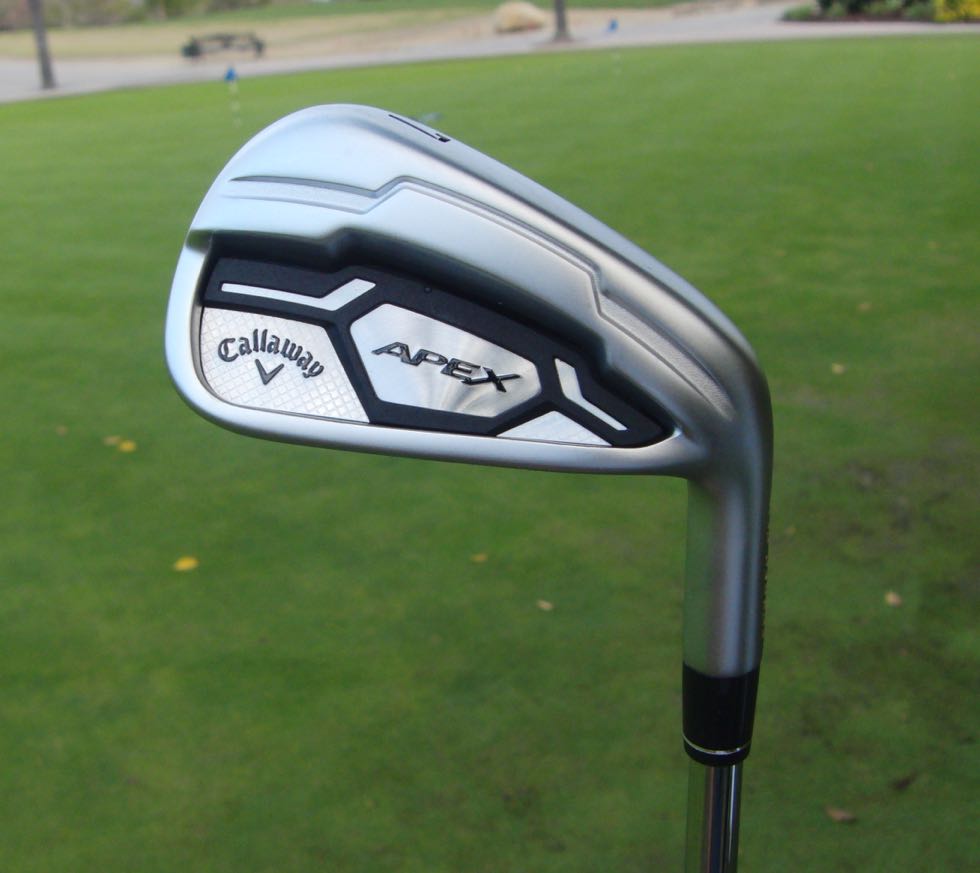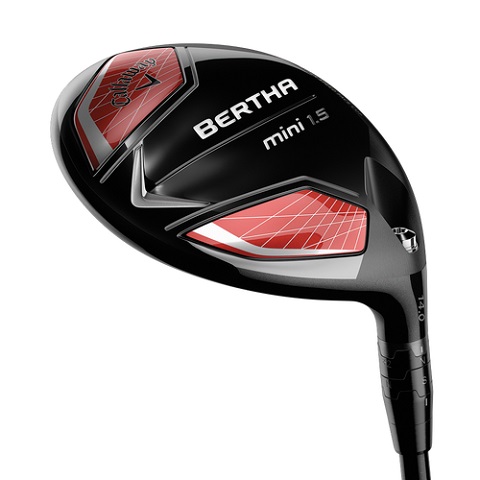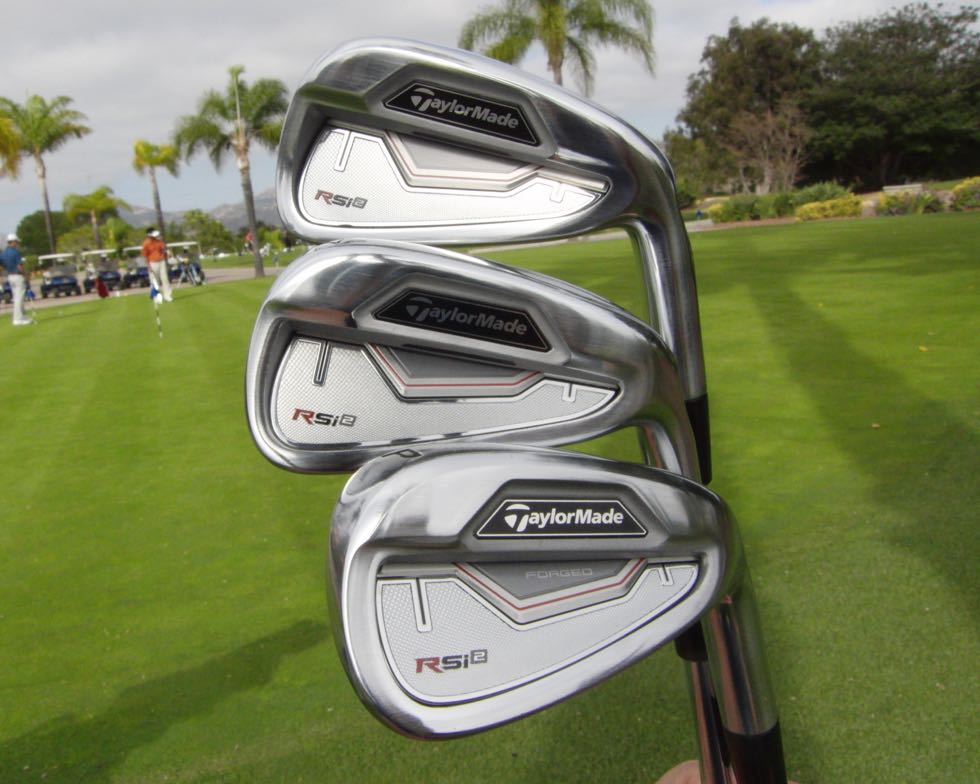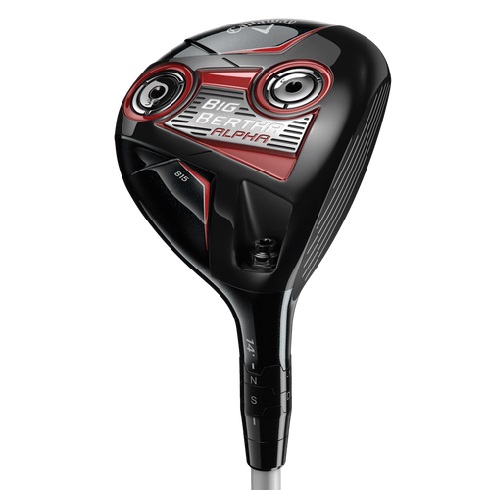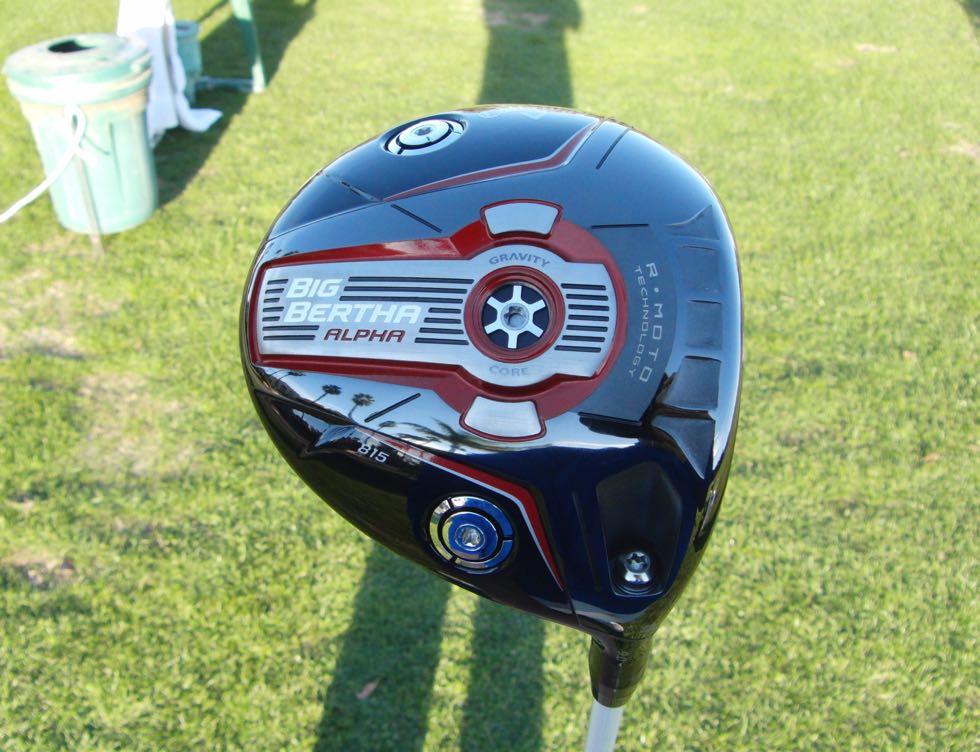 The Impact Press is a golf training aid that’s designed to teach you how to get proper impact alignments in your golf swing. Many golfers struggle with a flip or a roll through impact and often simply do not know what a proper impact position feels like. The Impact Press is designed specifically to train them to feel the correct mechanics through the hitting zone.
The Impact Press is a golf training aid that’s designed to teach you how to get proper impact alignments in your golf swing. Many golfers struggle with a flip or a roll through impact and often simply do not know what a proper impact position feels like. The Impact Press is designed specifically to train them to feel the correct mechanics through the hitting zone.
We like to say around here that “feel ain’t real.” Often a golfer will try to achieve something like shaft lean in their swing by simply feeling more shaft lean through impact and they’ll say they had the best range session ever, but when they look at a video of their swing, it looks exactly the same as it always has. The better ballstriking was merely the result of spending more time practicing and timing their compensations better. The Impact Press, when used properly, gives immediate feedback on whether or not they performed the swing correctly. Does it work? Read on to find out.




